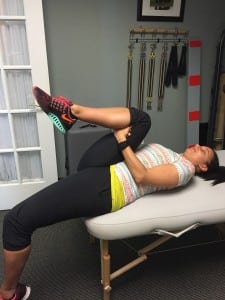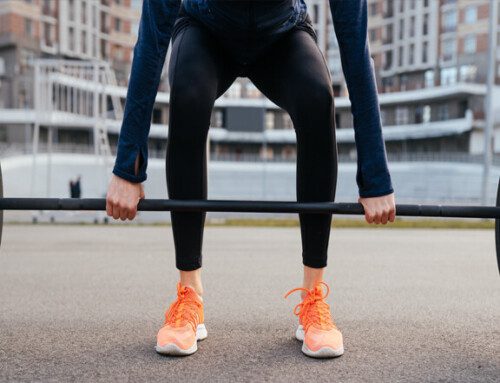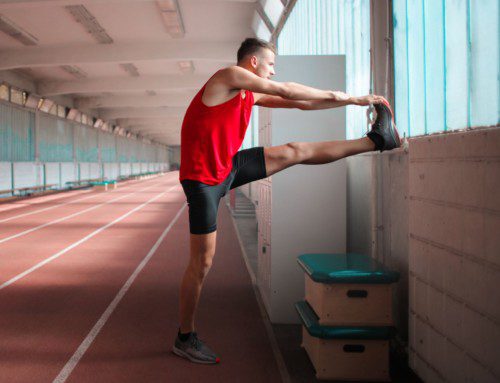Favorite Exercises: Hip Flexor Stretch
As physical therapists, we often use the same exercises for many patients due to versatility (goal of the intervention), neuromuscular feedback (movement patterning), and appropriateness for the patient's level of function. For this reason, our next "Favorite Exercise" is the hip flexor stretch.
The hip flexors, or the muscles that bring your knee toward your chest when you're standing, often times get tight from sitting at a desk for long periods of time, driving long distances, or engaging in cardio activities such as running or cycling. When someone has tight hip flexors, the discomfort does not always rest in the hips, but can also manifest as low back and/or knee pain. When the hips are tight, the "ball and socket" of the joint cannot move as designed, which can lead to more detrimental pathologies such as impingement or even structural compromise.
In order to perform a proper hip flexor stretch, it is best to use a firm bed or a counter top! You'll position yourself so your hips are almost off the edge of the surface, then roll your entire body and legs up onto the surface, bringing your knees to your chest. Then, grab tightly behind one thigh, hugging the knee in tight. This locks the lumbar spine in neutral, so that you cannot "cheat", and compensate hip extension with lumbar extension. Once you've got a hold of one leg, let the other hang off the edge, allowing gravity to help you stretch. Relax and breathe deeply for 20-60 seconds (listen to your body, and do not hold too long). When you are done with one stretch, reset by bringing both knees to your chest again, hug one in tightly, allowing the other to drop back down. You can alternate legs, or perform the stretch for a few repetitions on one side before changing sides.
As with all exercises, avoid performing too much too soon. Stretching can compromise joints as overusing muscles can, so start with low volume (1-2 stretches for 20-30 seconds) before increasing. If you are interested in whether this exercise would be beneficial for you, speak with your physical therapist to check your form and volume!
Written by: Alison Brock






